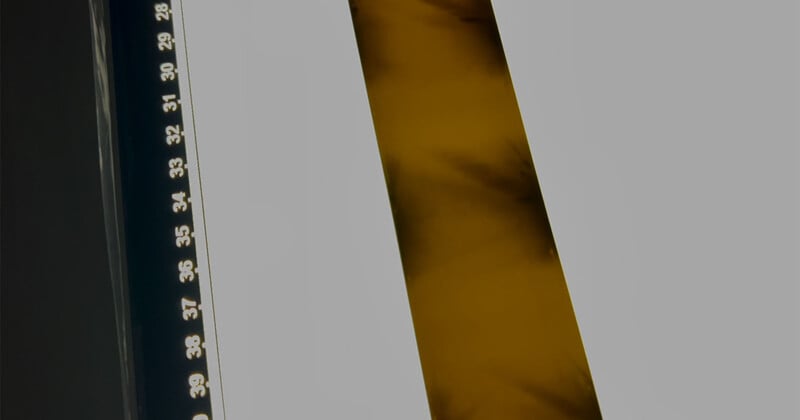Austrian photographer Markus Hofstaetter has added a fascinating new camera to his collection. Even by his lofty standards, his latest purchase is exceptionally unusual.
Hofstaetter purchased a Richard Verascope à décentrement made in 1911. The 113-year-old film camera is built upon a stereo legacy dating back to the late 1800s. Although relatively simple in its design, the camera, as Hofstaetter shows in the video below, is remarkably well-made. The machining is very precise, and despite being over a century old, the camera looks to be in great condition.
Hofstaetter is no stranger to stereo analog cameras. Back in 2019, he wrote about capturing stereo wet plates using an ultra-large format camera and aims to turn his new Richard Verascope into a compact stereo tintype camera.
However, before that, he needed to develop the Agfa 127 color film loaded in the 113-year-old Verascope. While the film is not as old as the camera, Hofstaetter estimates that it’s between 50 and 70 years old, which means it is, one, expired, and two, will require special processing.
![]()
Hofstaetter settled on trying to develop the 50-plus-year-old film himself at home. He relied on resources from Found Film, (1, 2), and Film Rescue International.
In the case of a very old, expired film, Film Rescue International (FRI) advises that people use a black-and-white process, even for color film.
“To greatly simplify, color film has two essential components — a light sensitive silver layer that captures the image in B&W and color dye layers to create the color image,” FRI writes. “During a normal color process, once the silver has served it’s useful purpose it is bleached from the film, leaving behind only the color dye image. As film ages, the color dye image deteriorates more quickly than the B&W silver image. By not removing the silver content from expired film during the initial process, we are doing the safest possible process for your film.”

With detailed advice in tow, Hofstaetter tried to develop his newfound film. Ultimately, the results were not what he hoped for, but he learned a lot about developing old films. Besides, it was a fun experiment and an excellent way to acquaint himself with his new-to-him stereoscopic camera.
There’s little doubt that Hofstaetter will do some amazing things with his new Richard Verascope camera, and the results will likely be shared on Hofstaetter’s blog and YouTube channel.
Image credits: Markus Hofstaetter
